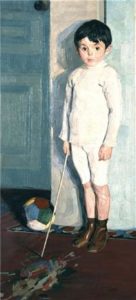
1883 - 1927
Nikolaos Lytras
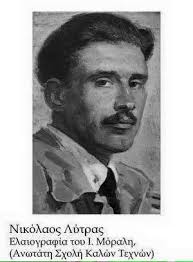
description
A Greek Expressionist and graphic artist, one of the main reformers of Greek painting of the early 20th century.
He was born into the family of famous painter Nikiforos Lytras. Since childhood, he demonstrated his ability for fine arts, painting under the guidance of his father. From 1902 to 1906, he studied at the Athens School of Fine Arts, where among his teachers was also George Yakovidis – a bright representative of the Munich School of Painting in Greece.
Nikolaos Lytras was the son and pupil of famous academic artist Nikiforos Lytras. Despite the traditional views of his father, he not only worked in a progressive European style, but also promoted the spread of modern painting in his homeland. Together with his associates, he organized the art group “Association Art”, which had an anti-academic orientation and brought fresh stream into the monotonous world of Greek painting. Being a professor at the Athens School of Fine Arts, Lytras conducted important reforms in the institution that gave impetus to the development of new painting in the country and had a great influence on the generation of young artists of Greece, starting in the 1930s.
Key Ideas:
– The works of Nikolaos Lytras are the best examples of early European Art Nouveau, capable of competing with recognized masterpieces of world art. Made in a passionate and a little simplified manner, they fully express the structure of objects, the energy of nature and human emotions.
– Most of the artist’s works are based on strong color contrasts. Large sweeping brushstrokes create a special rhythm in paintings, while bold saturated colours give the viewer bright impressions.
– The style of Lytras is characterized by a special work with space. In many paintings, the effect of a few points of view is used, which resembles works of Cezanne, and also a “cropped” field of view that makes the viewer an active participant in the image, as if placing him inside the picture. Thanks to this, the paintings of the Greek painter become dynamic and live, expressing the immediacy and subjectivity of the author’s impression. The brightest example of such work is the painting “Milk”, created in 1917.
– Unlike the works of Expressionists, with whom the artist closely communicated in Munich, the paintings of Lytras do not express negative and pessimistic mood. Made in bright colors, they are full of positivity, vivacity and vitality, glorify the beauty of Greek nature, the people’s love for life and serene youth.
– The landscapes of the artist depict endless sea, sun-drenched beaches, snow-white Greek houses in a free expressive manner. The artist works with large planes, simplifying shapes and emphasizing the relationship between light and shadow. It seems that he removes a barrier between the content of the picture and the viewer, allowing him to plunge headlong into the atmosphere of the depicted plot.
– Many critics give Lytras a role of a pioneer, a link between classics and the avant-garde. The artist’s works really reflect the advanced trends of European art of the 20th century, while remaining very harmonious and imbued with the Greek national spirit. Contemporaries said about the artist: “… he was a real revolutionary. He renewed the art of our country and left behind a rich harvest of works full of vitality”.
1883
1907
1912
1917
1923
1927
The birth of the artist
Enrolled in the Munich Art Academy
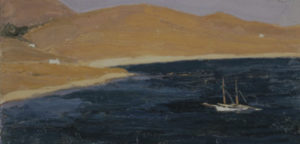
Returned to Athens
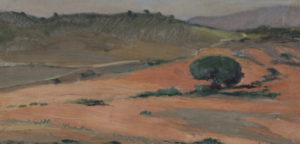
"Art"
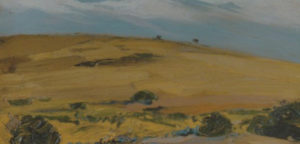
The artist was elected a professor at the School of Fine Arts in Athens
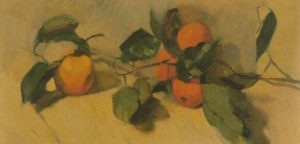
The death
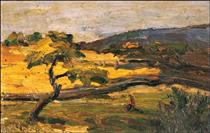
Nikolaos Lytras
On Artist
flow
Academicism
Impressionism
friends
Periclis Byzantios
Theofrast Triantafillidis
Lycurgos Kogevinas
Konstantinos Maleas
Odysseas Fokas
Michalis Tombros
artists
Vasily Kandinsky
Franz Marc
Paul Klee
Paul Cezanne
Nikiforos Litras
Georgios Jakovidis
By Artist
flow
Abstractionism
Surrealism
friends
Grigorios Zevgolis
Konstantinos Partenis
